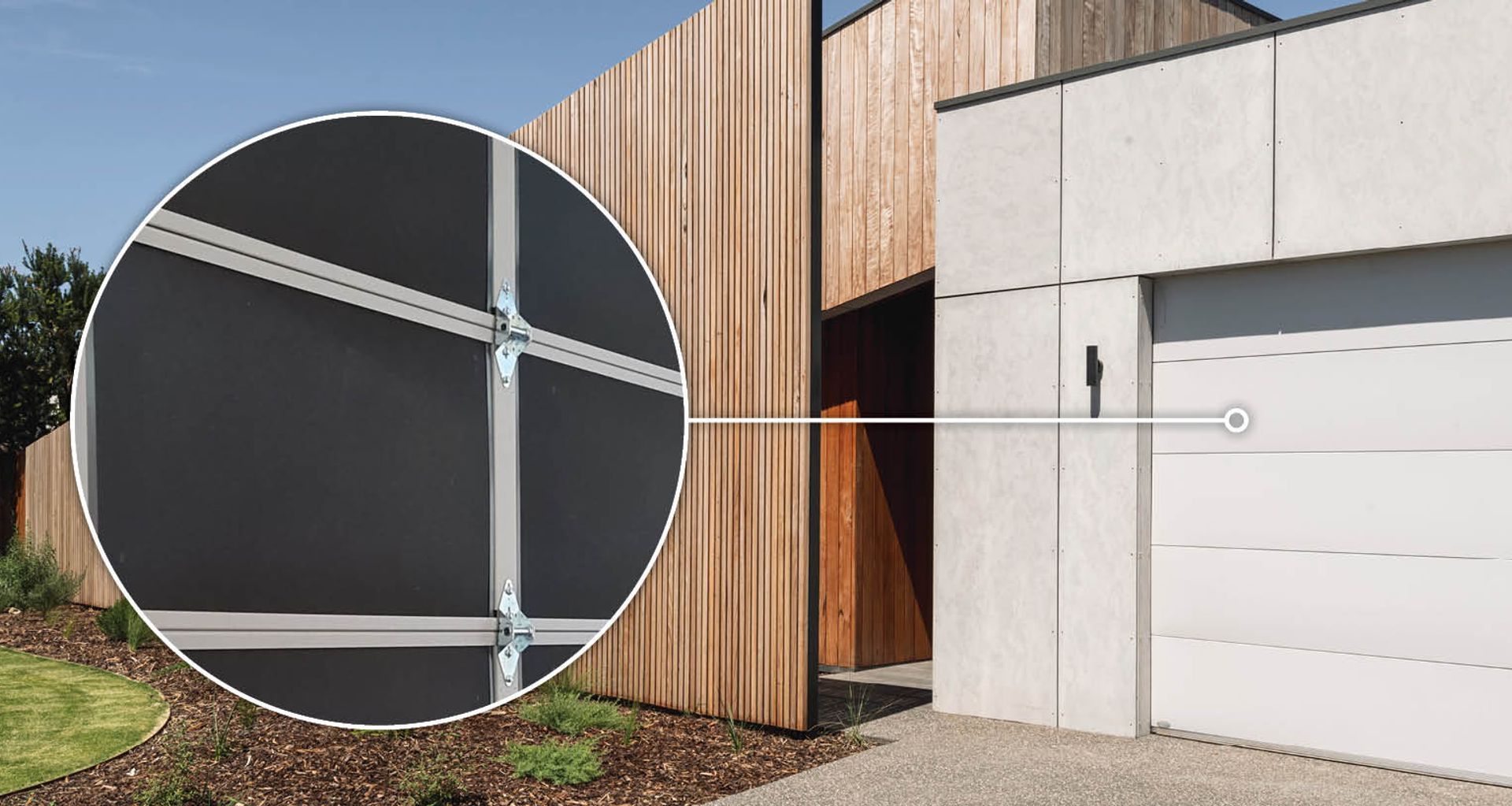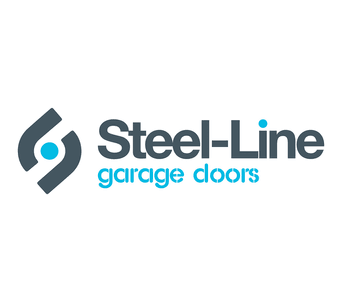Tips for choosing insulation for your Garage Door

However, not all insulation materials are created equal. In this article, we explore how an insulated Garage Door can help you reduce energy costs and maintain a consistent environment in your garage all year round. We'll compare the most common types of insulation, from pre-cut panels to foam insulation, and look at how to go about installing insulation to improve thermal efficiency in your home.
Why insulate your Garage Door?
If you have an attached garage, Insulated Garage Doors can improve energy efficiency within your entire home so that you don't have to crank the air conditioning even higher. A well-insulated garage prevents heat loss in winter and heat transfer from your garage space to the rest of your home in summer. This means lower energy bills because you don't have to increase your energy usage to keep your home at a consistent temperature inside.
As well as blocking hot air from entering in summer and trapping radiant heat inside in winter, proper insulation helps protect belongings like tools, electronics, and paint if you use your garage as a storage space or workshop. The best Garage Door insulation will also have noise reduction properties to block sound from external sources like traffic noise and adjacent rooms, making your home a quieter and more comfortable living space.
Key factors to consider when choosing Garage Door insulation
Protecting your home and garage from the elements isn't just a matter of grabbing a can of spray foam insulation. For the most effective results, here are two key questions to ask yourself before choosing insulation.
Can my Garage Door be insulated?
Some types of Garage Doors are better suited to insulation than others. For example, it's generally not recommended to add insulation materials to Roller Garage Doors because it can prevent the door from working correctly. In this case, it's better to install a new insulated Garage Door. Sectional Garage Doors, on the other hand, are easily fitted with insulation, either when purchasing new or by retrofitting.
Which materials offer superior insulation?
The other thing to remember is that some types of Garage Door insulation offer high thermal resistance, while others have better soundproofing capabilities. Some are also safer for your home and less complicated to install, so keep reading to find out what we recommend.
Common Garage Door insulation types explained
Insulation performance – Understanding R-value
R-value is a measure of an insulation material's thermal resistance to heat transfer. The greater the R-value, the more energy efficient your Garage Door will be.
To give you an example, Steel-Line uses premium Mammoth® Modern Insulation with a thermal value of R1.09. These recycled polyester panels have also been shown to outperform their R-value. Compare this to foil insulation, which has a value of R0.1–0.2, and it's clear which material can offer a more consistent temperature in your garage area.
DIY vs professional Garage Door insulation
When you have your Garage Door insulation professionally installed, you're more likely to achieve a precise fit that will result in improved energy efficiency. Professional installation also guarantees access to premium Garage Door insulation materials and it often comes with product and workmanship warranties.
Insulating your Garage Door yourself isn't recommended if you're after a significant improvement in thermal efficiency. DIY Garage Door insulation usually results in only moderate improvements because even small gaps can leave your garage area vulnerable to thermal leaks.
Additional tips for maximising insulation benefits
Garage Door insulation isn't the only way to protect your home and garage from extreme temperatures. Here are some other things that can help slash utility bills and make your garage a more comfortable space.
- Have your Garage Door professionally installed to ensure a correct fit with minimal gaps.
- Make sure your Garage Door has a weather seal to prevent drafts.
- Consider insulating garage walls and the ceiling, if possible.
- Upgrade the entry point from your home to your garage or add a weather seal.
- Seal gaps around windows and consider adding thermal blinds or window film for additional garage insulation.
- Invest in a smart Garage door opener with insulation-aware mode to improve temperature control.
Choosing the right insulation for your needs
The best Garage Door insulation isn't just the one that protects your home from temperature fluctuations—it should also keep your home quiet, be durable, and easy to fit. This is why Steel-Line chooses to use NZ-made Mammoth® Modern Insulation. It's a sustainable, high-performance insulation material that provides both thermal and acoustic benefits for a healthier home.
Contact Steel-Line, Australia’s most trusted garage door manufacturer with over 45 years of experience, to explore the best insulation options for your home.
Frequently asked questions
How to choose Garage Door insulation?
To choose the best Garage Door insulation for your needs, consider your climate and how you use the space. Remember, the higher the R-value, the better the result.
What is the best insulation for Garage Doors in Australia?
We believe the best insulation for garage doors in Australia is Mammoth® Modern Insulation, a 100% polyester insulation that's made from recycled PET plastic bottles. It offers superior thermal resistance and noise reduction.
What is the best R-value for garage insulation?
In Australia, a value of R1.0–R2.0 is recommended for Garage Door insulation.
Does insulating your Garage Door make a difference?
Insulating your Garage Door can make a huge difference to its energy efficiency, helping you cut energy usage in your home and making your garage a more versatile space.
